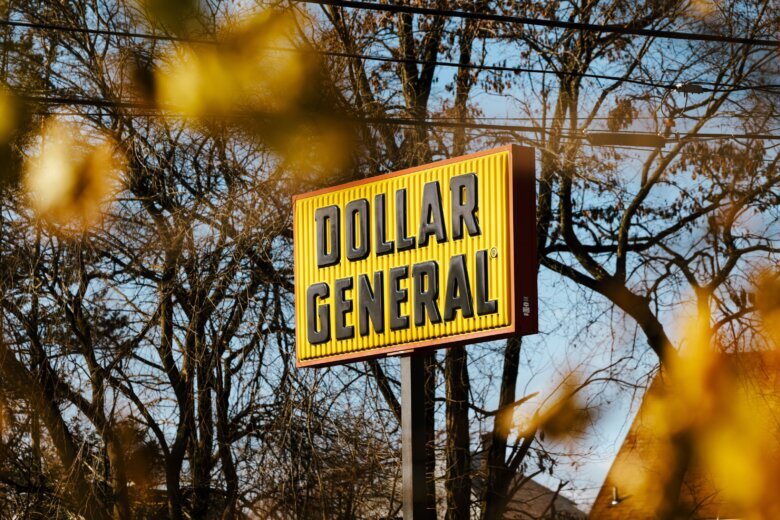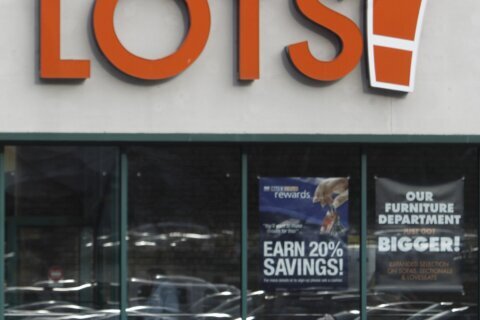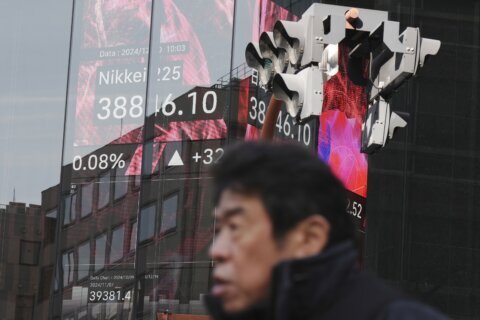
New York (CNN) — Dollar General is backing away from the self-checkout trend in retail.
The company is pulling out self-checkout stands in 300 stores that have the highest levels of shoplifting and merchandise losses. In 9,000 other stores, Dollar General is converting some or all of its self-checkout registers to regular checkout with cashiers. And in another 4,500 or so stores, Dollar General is limiting self-checkout to purchases of five items or less.
Dollar General said the moves will help it reduce shrink — the retail industry term for shoplifting, employee theft, damaged products, administrative errors, online fraud and other factors. Dollar General has skeleton staffing levels in stores and is more vulnerable to shoplifting and other merchandise losses than many other retailers, retail analysts say.
“We believe these actions have the potential to have a material and positive impact on shrink,” CEO Todd Vasos said on a call with analysts Thursday. “Shrink” was mentioned 37 times on the call.
Vasos said Dollar General made the decision after using artificial intelligence to analyze hundreds of thousands of purchases at self-checkout. The company said it was able to determine which stores had the highest levels of stolen merchandise and mis-scanned items.
Self-checkout reversal
Dollar General is the latest retailer to backtrack on self-checkout.
The company had aggressively expanded self-checkout stations, adding them to more than half of its approximately 20,000 stores. The company also piloted stores with only self-checkout options and no cashier lanes. Like other retailers, Dollar General bet self-checkout would reduce its labor costs and speed up checkout for customers.
But Dollar General recently has been re-assigning workers to the front of its stores to ring customers up, both due to shrink and other issues with the technology. Retailers lose more possible sales with self-checkout than full-service cashiers, both from intentional shoplifting and honest errors by customers.
One study of retailers in the United States, Britain and other European countries found that companies with self-checkout lanes and apps had a loss rate of about 4%, more than double the industry average.
Booths, a British supermarket chain, said it’s removing self-checkout stations in all but two of its 28 stores. Walmart removed self-checkout machines at some stores in New Mexico earlier this year. ShopRite pulled them at a Delaware store after customer complaints.
Five Below, the discount toy retailer, said that shrink at stores with more self-checkout lanes was higher, and it will increase the number of staffed cash registers in new locations.
Other retailers are making tweaks to self-checkout policies.
On Thursday, Target announced it’s rolling out a new “express self-checkout” with limits of 10 items or less at most of its stores. Target is also opening more traditional lanes staffed by cashiers.
The-CNN-Wire
™ & © 2024 Cable News Network, Inc., a Warner Bros. Discovery Company. All rights reserved.








